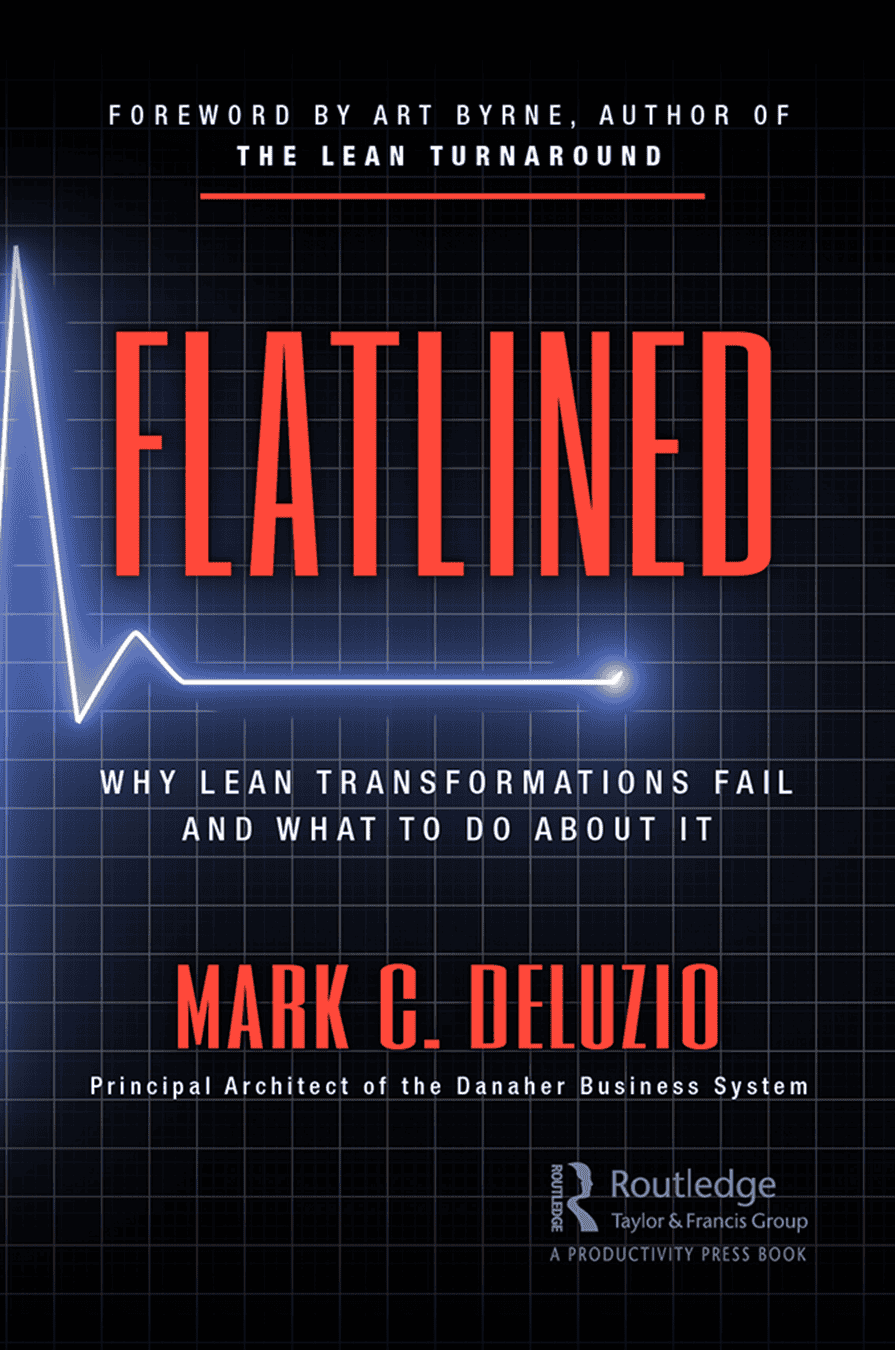Performance metrics can act as silent saboteurs within manufacturing operations, systematically destroying value while appearing to drive improvement. What begins as well-intentioned measurement often evolves into a complex web of competing indicators, misaligned incentives, and destructive behaviors that undermine operational excellence.
Manufacturing organizations commonly track hundreds of metrics across their operations – from equipment utilization and productivity rates to quality measures and financial indicators. Yet this abundance of measurement often masks a dangerous reality: many of these metrics actively work against operational excellence, driving behaviors that increase waste, reduce efficiency, and ultimately harm customer value. This paradox, where measurement becomes misalignment, has become one of the most significant barriers to sustainable Lean transformation.
This article explores how traditional metrics can become organizational toxins, examining the critical difference between measurements that drive genuine improvement and those that incentivize harmful behaviors. Drawing from decades of Lean manufacturing experience, Mark DeLuzio and Jon Boucher of Lean Horizons Consulting share insights on identifying problematic metrics and building measurement systems that create sustainable value.
The Anatomy of Metric Poisons
Not all metrics are created equal. Many seemingly logical measurements can breed dysfunction, driving behaviors that harm overall business performance. “Tell me how you measure me, and I’ll show you how I’ll behave,” notes Jon, highlighting how metrics shape organizational behavior – for better or worse.
Consider these common scenarios:
- Purchasing teams incentivized purely on unit cost reduction, leading to quality issues and delivery delays
- Production focused solely on equipment utilization, creating excess inventory and missing customer demands
- Sales teams measured on order volume rather than shipments, causing end-of-quarter surges that disrupt Lean processes
- Departments maintaining “green” metrics, while customers see red – which often results from organizations not putting themselves in the mindset of the customer
These situations exemplify what Mark calls “watermelon KPIs” – metrics that appear green on the outside but are red on the inside from the customer’s perspective.
The Real Cost of Misaligned Performance Metrics
The damage from poisonous performance metrics often cascades throughout organizations. In one revealing case, a company’s focus on equipment uptime for dump trucks led to a complex web of problems. The purchasing department, measured on parts cost reduction, bought cheaper third-party fuel injectors from China. This decision not only led to higher failure rates but also created stockouts of other critical parts because bulk orders consumed supplier capacity.
“Waste asks for more waste,” explains Jon. “When you optimize for the wrong metric, like running lots of Product A, you need somewhere to put them. You need systems to track them. It keeps multiplying.” This multiplication of waste often stems from what Jon calls “silo” thinking – departments optimizing their metrics at the expense of overall business performance.
The Seven Toxic Categories of Performance Metrics
Understanding the different forms of metric poison helps organizations identify and eliminate destructive measurements:
- Suboptimizing Metrics: Measurements that improve one area while damaging others. For example, sourcing metrics focused solely on purchase price variance often ignores total cost implications.
- Absorption-Driven Metrics: Traditional accounting measures that encourage overproduction and inventory buildup, directly contradicting Lean principles. Mark emphasizes, “No one deposits ROI in a bank.”
- Competing Metrics: Siloed measurements that pit departments against each other, preventing organizational alignment and optimization.
- “Feed the Beast” Metrics: Numbers are tracked solely because someone in the hierarchy demands them, providing no operational value – similar to checking blood pressure without any plan to act on the results.
- Awareness-Lacking Metrics: Including groupthink measurements (“tracking because others do”), personality-driven metrics, and mindless mimicry of other operations.
- False Statistics: Numbers that create the illusion of control without driving meaningful action or improvement.
- Disassociated Metrics: Measurements disconnected from customer value and actual business needs, including proxy metrics that measure indirect indicators.
Building Better Measurements
Creating effective metrics requires a fundamental shift in approach – one that prioritizes process excellence over isolated results. Organizations that build their measurement systems around process improvement rather than pure outcomes create stronger foundations for sustainable success. This process-focused mindset guides the development of meaningful measurements that drive sustainable improvement:
- Process-Based Measurement
- Clear connection between metrics and value creation
- Focus on leading indicators rather than lagging results
- Regular assessment of metric relevance and impact
- Team Alignment
- Shared accountability across functions
- Clear ownership and measurement frequency
- Understanding of input (X) and output (Y) relationships
- Regular “sunset reviews” to eliminate unnecessary metrics
- Cultural Elements
- Blameless environment for honest reporting
- Embracing problems as improvement opportunities
- Standard work as a foundation for meaningful measurement
Frequency and Timing
The timing of measurement matters as much as what’s being measured. “The more frequent the feedback loop, the easier it is to make small corrections,” says Jon. This principle applies across operations – from daily production metrics to financial measurements. Mark also advocates for more frequent financial reporting, noting that traditional monthly closings represent batch thinking that contradicts Lean principles.
The Path Forward
Organizations must regularly challenge their metrics, asking fundamental questions about measurement purpose and impact. “You can’t have that dialogue about who will own them without understanding three pieces: the what, the who, and the element of timing,” explains Jon.
The transformation to effective metrics requires courage – the courage to “make it ugly” by showing actual performance, eliminating familiar but harmful measurements, and focusing on true value creation rather than comfortable numbers.
Success in your business operations demands measurement systems that drive genuine improvement rather than superficial compliance. Organizations can create sustainable operational excellence by identifying and eliminating metric poison while building value-driven measurements.
Lean Horizons Consulting brings decades of experience transforming how organizations measure and improve performance. Including architects of the renowned Danaher Business System, members of our team understand the delicate balance between measurement and improvement. We help organizations develop Lean performance metrics that drive the right behaviors, align with customer value, and support sustainable operational excellence.
Don’t let toxic performance metrics undermine your operational excellence. Contact Lean Horizons Consulting today to discover how we can help transform your measurement systems and drive sustainable improvement throughout your organization.

